Kingdom Fungi Class Agaricomycetes Family Agaricaceae | Division Basidiomycota Order Agaricales Rank Species | |
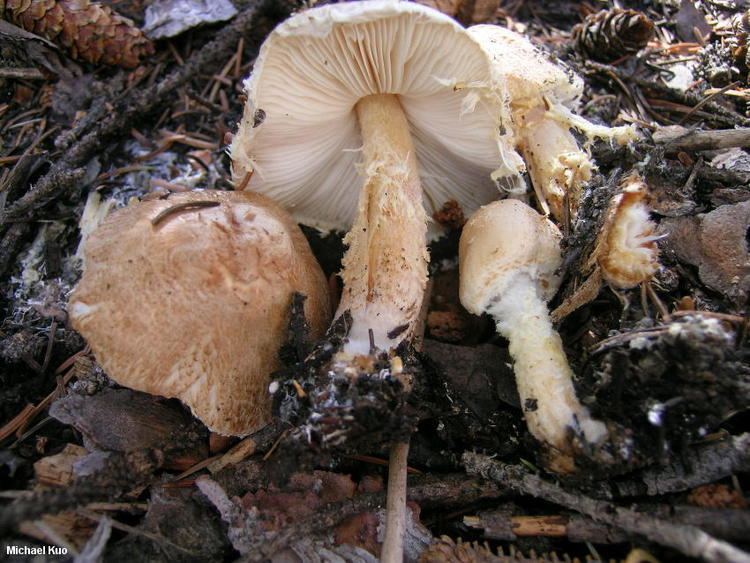 | ||
Similar Lepiota cristata, Lepiota castanea, Lepiota, Lepiota felina, Lepiota subincarnata | ||
Lepiota clypeolaria commonly known as the shield dapperling or the shaggy-stalked Lepiota, is a common, toxic mushroom in the genus Lepiota. It is widely distributed in northern temperate zones, where it grows in deciduous and coniferous forest. Fruit bodies have a brownish cap, a shaggy stipe with a collapsed, sheathing ring or ring zone, and spindle-shaped spores.
Contents
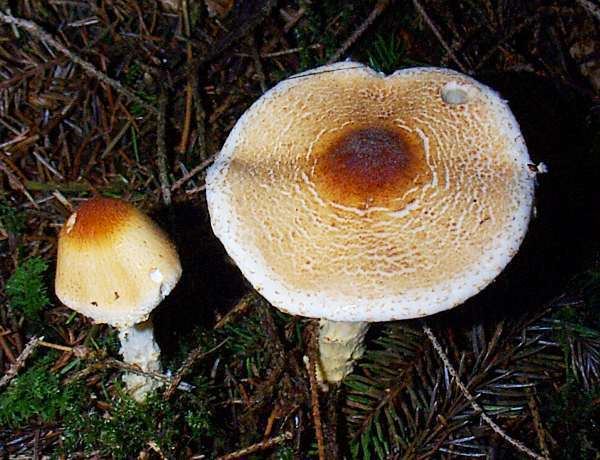
Taxonomy
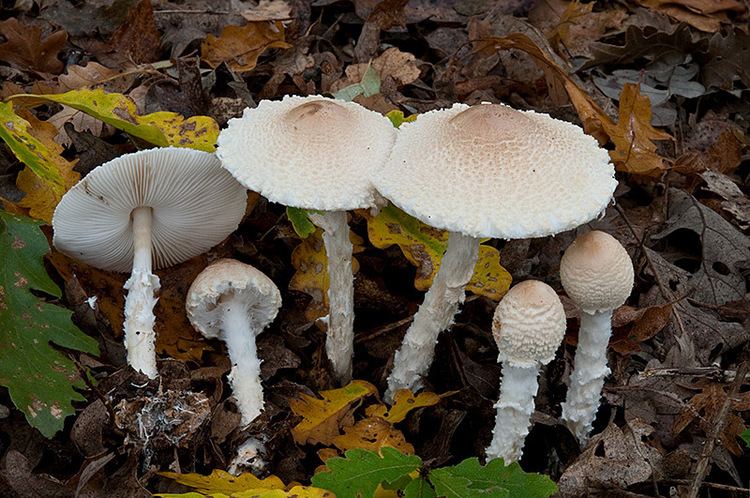
The species was first described in 1789 as Agaricus clypeolarius by French mycologist Jean Baptiste Francois Bulliard. Paul Kummer transferred it to Lepiota in 1871. It is commonly known as the "shaggy-stalked Lepiota".
Description

The cap is egg-shaped when young, soon broadly bell-shaped and has pale straw- or orange-brown scales on a pale background. The central umbo is covered with a well-delimited uniform disk of the same colour as the scales. It grows to a diameter of 4–7 cm (1.6–2.8 in). The gills are white, crowded, free from attachment to the stipe.
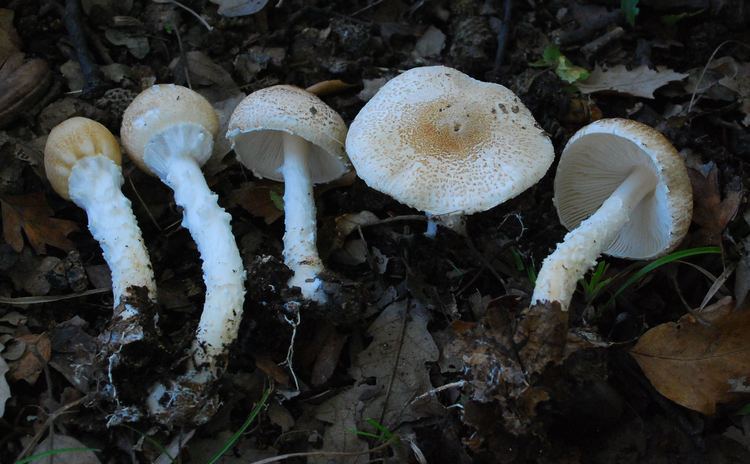
The white stem has an indistinct ring, below which it is coarsely woolly, giving an appearance which is sometimes described as "booted". The stipe, which measures 5–12 cm (2.0–4.7 in) long by 0.3–1 cm (0.12–0.39 in) thick, is hollow and slender, expanding slightly at the base into a club shape. The flesh is white and has an unpleasant smell.
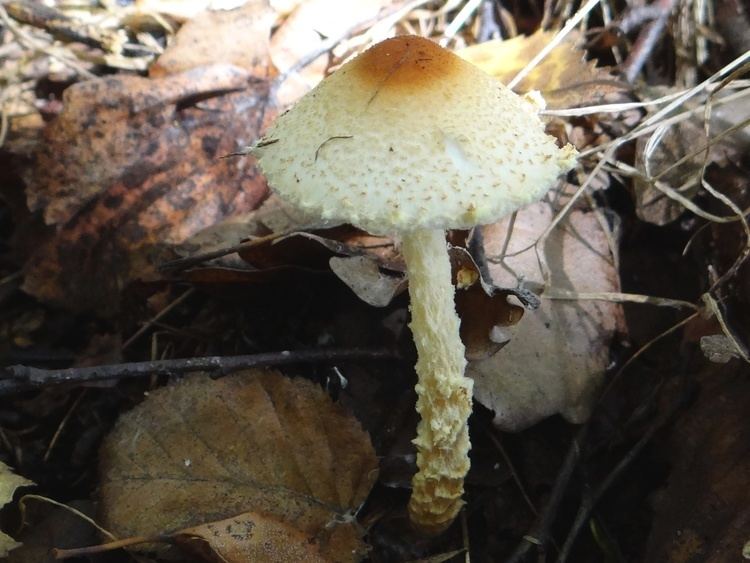
The spore print is white. spores are fuse-shaped (fusiform), meaning that they are tapered at both ends. They have dimensions of 12–16 by 5–6 µm. Cystidia on the gill edge (cheilocystidia) are club-shaped to cylindrical, and measure 20–40 by 5–15 µm.
Similar species
Lepiota magnispora is similar in appearance and often confused with Lepiota clypeolaria. The former species has brighter colours with a more intensely coloured cap center, and longer spores.
Habitat and distribution
The fruit bodies of Lepiota clypeolaria grow singly or in small groups on the ground in deciduous and coniferous forests. A common species, it is widespread in temperate regions of the Northern Hemisphere, and has been reported from Asia, Europe, North America, and South America. Fruiting occurs in autumn. In China, it is known from the provinces of Heilongjiang, Jilin, Liaoning, Jiangsu, Guangdong, and Yunnan.
